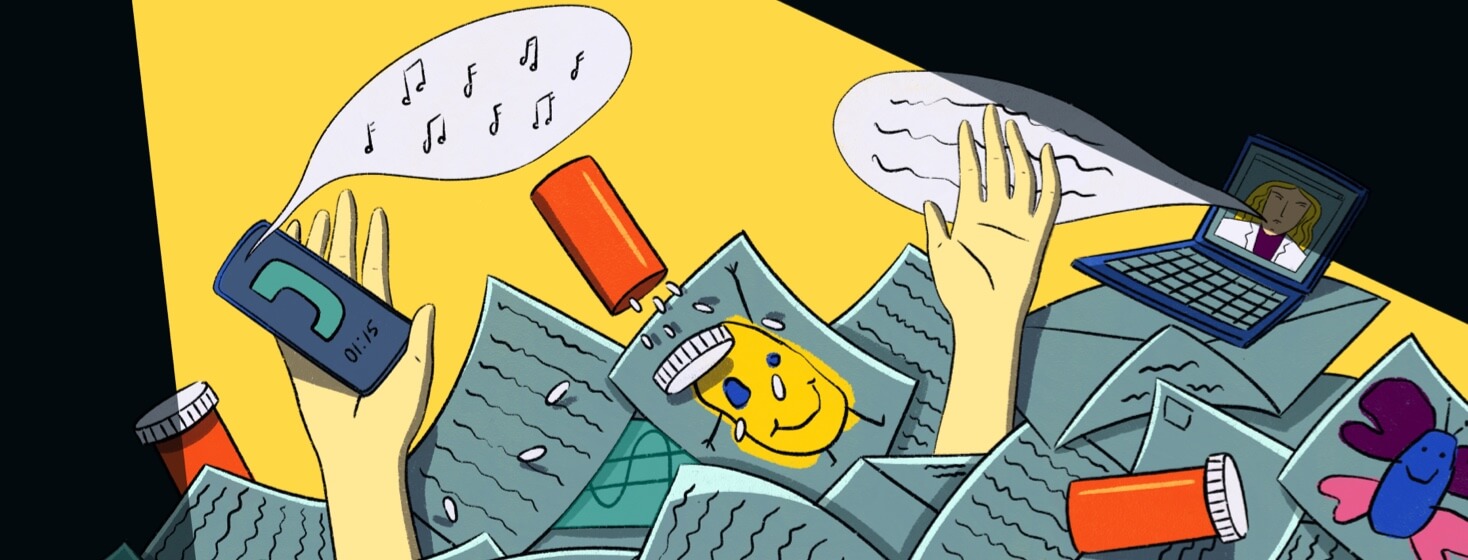Tips for an Overwhelmed Caregiver
My son, Matthew, was diagnosed with epilepsy at the age of 6. It took a few months, but we finally achieved seizure freedom with felbamate and the modified Atkins diet (MAD). After about a year and a half of seizure freedom, we were able to wean the med and the diet, then the seizures came back. This time with a vengeance.
We tried the felbamate and MAD again, but had no luck. We tried other meds as well as the ketogenic diet – which did not work. Throughout this ordeal, everything became overwhelming.
8 Tips for caregivers of children with epilepsy
Stay organized
One tactic that helped me was I started to keep track of everything in an old-school 2-inch binder. In it, I had sections that included NeuroPsych, Neuro Reports, Discharge, Lab Results, Therapy Evals (with subsections for OT, PT, and Speech), Seizure First Aid Info, Medication Log (list of meds he was currently on), Meds (printouts of all the meds he had/has/is taking) and Diet Info.
This helped me organize all the papers we were being given in a single space that I could reference easily at any time.
This was all happening around 2010; things have changed quite a bit since then. There is no reason that this still can't be done today, but it can easily be done electronically as well.
Put everything in writing
I learned to put everything in writing – and I mean EVERYTHING. Any time I had to contact the school for services for Matthew, I made sure I emailed them. They are on a time limit to respond, set up a meeting date and time, and do any evaluations that your child may need. By emailing, I was sure to have a timeline of events just in case.
Prepare for and require seizure safety at school
There was an incident during our son's transition from 5th to 6th grade that did not go smoothly. The staff at the middle school was supposed to be trained on Matthew's seizures and first aid protocol. They weren't.
I learned this after the first day of school when his 1:1 aid informed me no one was trained prior to the school year beginning. Not only did I email his case carrier, but I also included the district nurse, the school principal, the superintendent of special education, and the superintendent of the school district. I think it is important everyone knows when a mistake happens so that it doesn't happen again.
The point I am trying to make is to include anyone and everyone you believe should know about a situation. It can only help for everyone to be on the same page.
Log epilepsy medication
One thing we have at home that helps our family and anyone who comes to help take care of Matthew is a current list of medications he is taking with the dose and time they are to be taken.
It helps to have this list any time Matthew has his bi-monthly evals for his respite care, and it is helpful any time he goes inpatient for a procedure or testing. I am able to hand the paper to the nurse; it has all the info they need, and they have always said it is so helpful.
On the same note, we also use a pill organizer. My husband and I can clearly see if Matthew has had the meds he needs.
Find your regional epilepsy center
Make sure your child is getting services that are available to them. We went for years without having anything! Everyone thought, mistakenly, that we were already a part of the regional center.
We live in California, and the regional center provides and coordinates services that help support those with developmental disabilities. Some examples of services they provide are respite care, community education, planning and placement for group homes, and many other things.
Our regional center currently provides Matthew with respite care once a week. We have an LVN (licensed vocational nurse) who comes to our house weekly for 6 hours so my husband and I can get a break.
Look into IHSS as a parent providing epilepsy care
Matthew qualifies for in-home supportive services (IHSS) by receiving regional center services, and I am his provider. I get paid by the state to take care of Matthew, helping him with things that a neuro-typical young adult could do on their own (i.e., meals, laundry, self-care, driving to appointments, etc.) – anything that I do for him that I don't need to do for his brother.
Get support for transition care
Once Matthew turns 22, the regional epilepsy center will coordinate a day program that he will go to and continue learning life skills and volunteering throughout the community.
(Here in California, children can stay in the school district and attend the adult transition program until they turn 22).
Epilepsy parent support is out there!
As exhausting as it can be, never stop fighting for services and accommodations that will only help you and your family. It can feel overwhelming as a parent or caregiver, but you're not alone.

Join the conversation